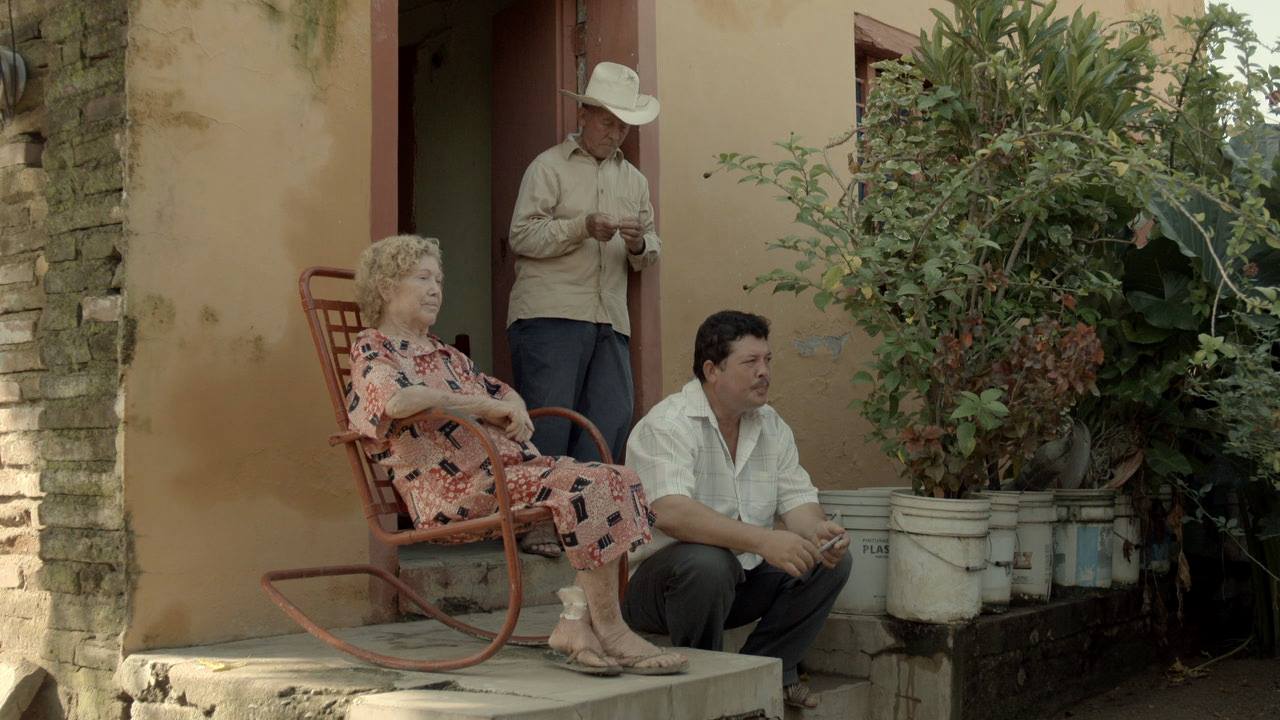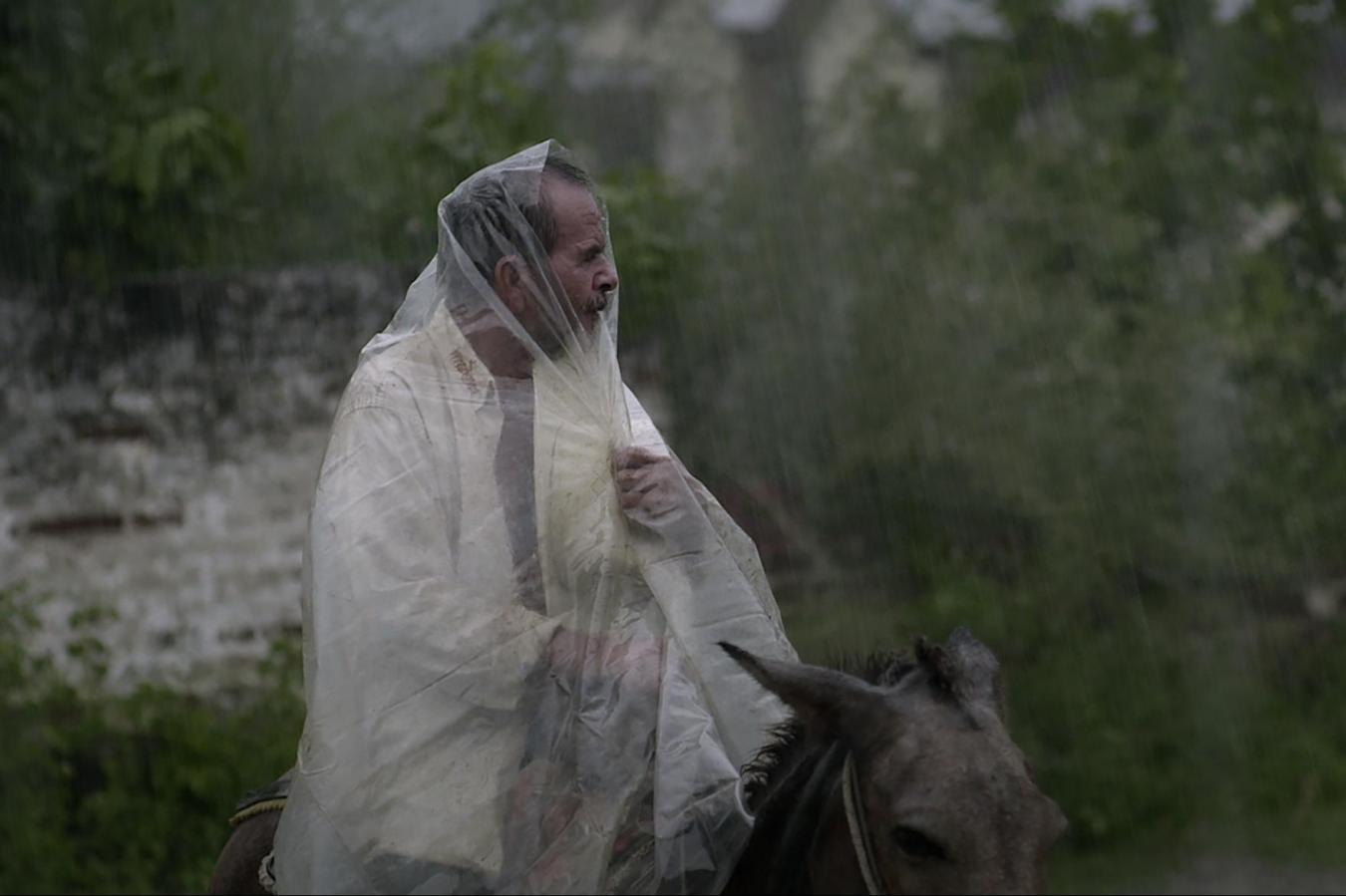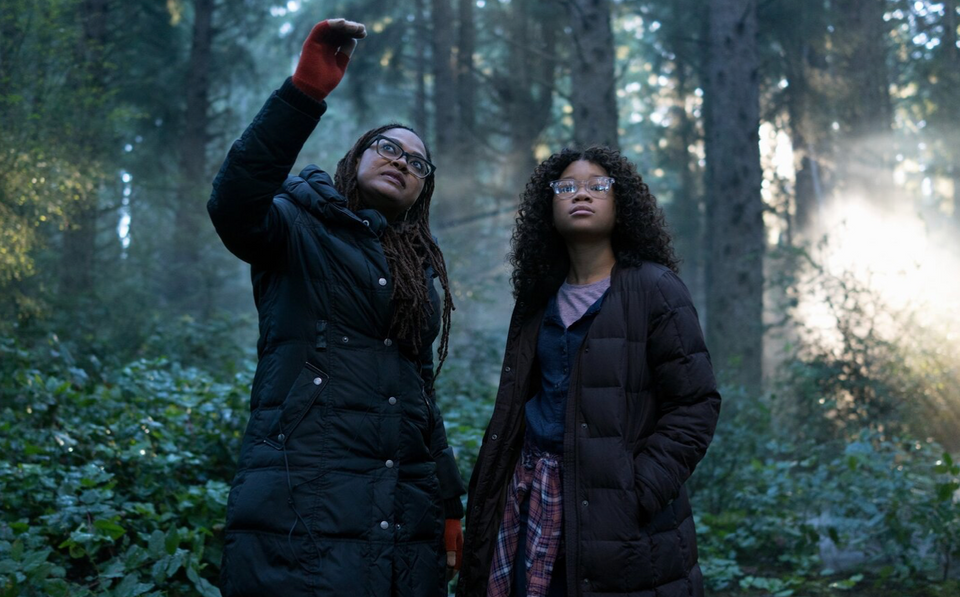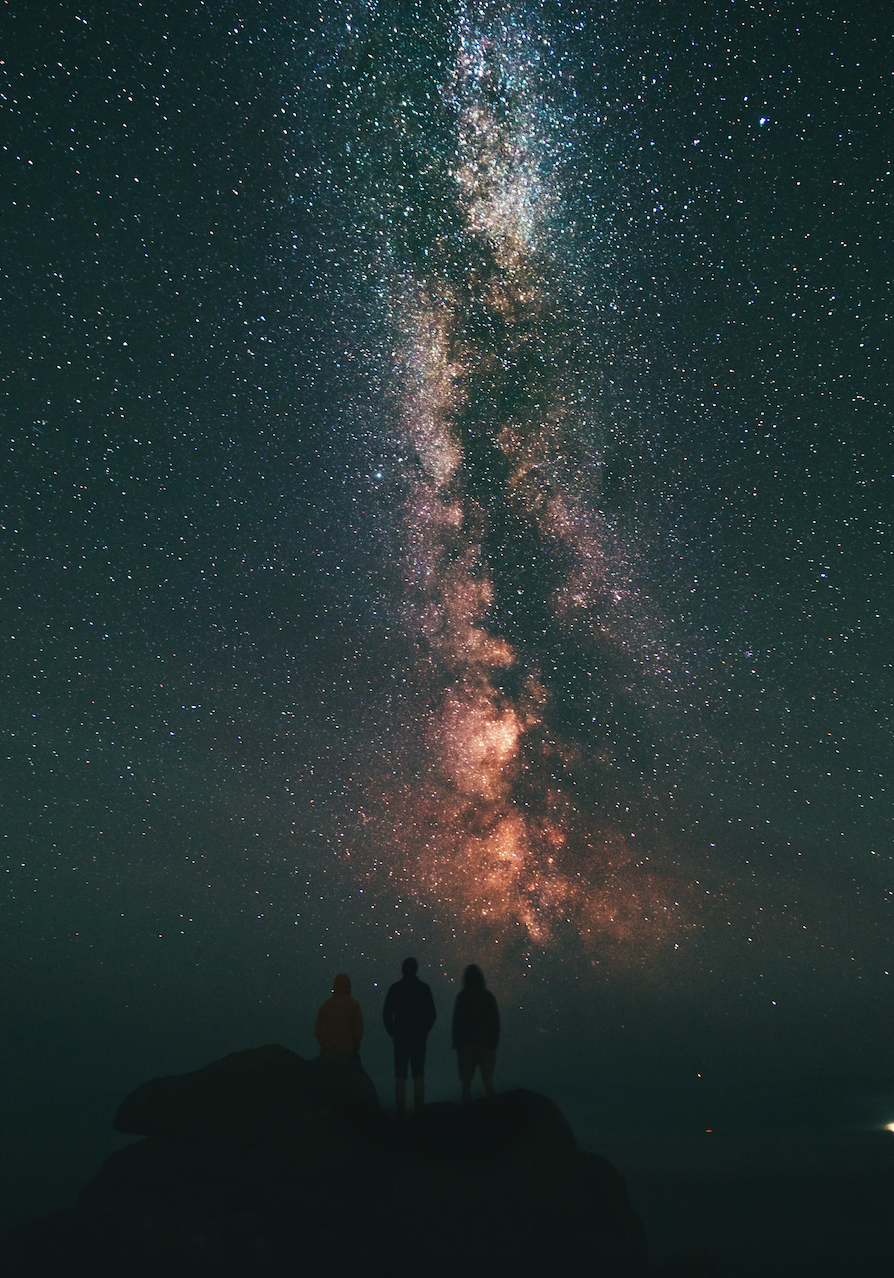The documentary film Kings of Nowhere (Los Reyes del Pueblo que No Existe, 2015) , directed by Mexican filmmaker Betzabé Garcia, opens eerily on a lazy-eyed man driving a small motorboat, making a slow course over silvery waters. The camera stays on him for almost a minute, before abruptly shifting its focus just beyond the man to the tops of graves and chipped stone obelisks rising out of the gray water. A submerged cemetery juts out of the water, a watery grave.
Slowly, along with the landscape surfacing above the murky water, a story emerges in long takes, wide angles, and still frames. As the pictures move, a world is captured passing through the shot, letting the impression of the camera disappear into the stillness of the frame. This stillness stands in stark contrast to the well-known “shaky cam” documentary style: a follow-and-zoom camera movement that accompanies a character haphazardly and makes the presence of the camera almost visible to viewers.
The Mexican town of San Marcos has been inundated with water after a government dam was put up several years earlier without really consulting the people. Only three of the original three hundred families remain, but they are die-hard locals. They’re not going anywhere. Still making tortillas on the cranking steel machine, still deboning chicken for dinner even when the lights go out from a storm. They are not leaving their locality, their residence, their home.
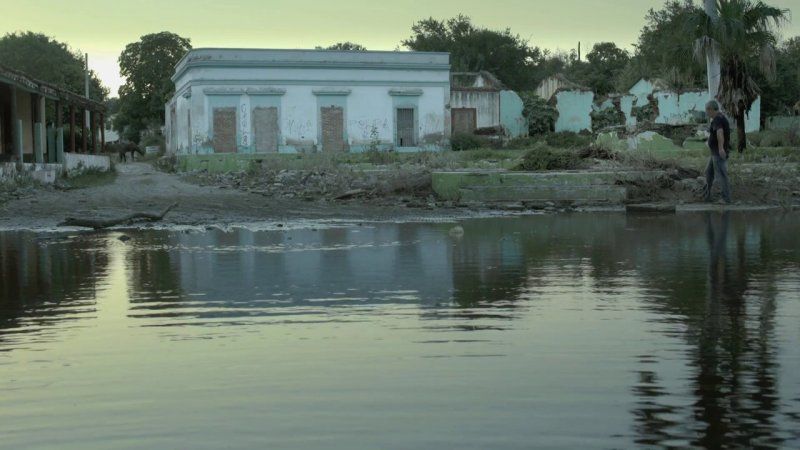
This quiet and beautiful film won the top prize at the 2015 Full Frame Documentary Film Festival: Grand Jury Award for Best Documentary. In its 18th year and held in the growing downtown of Durham, N.C., Full Frame attracts documentary industry from all over the country and the world. Having attended the festival on various occasions over the past three years, I’ve noticed a marked turn towards the quieter form in documentary that captures content through a “show-don’t-tell” style.
The observational style, in a sense, is a return to a principled verité style of documentary, where filmmakers, such as documentary pioneers the Maysles brothers in Salesman (1968), let the camera roll on subjects without a lot of questions or direction. For the Maysles and other “direct cinema” documentarians, the pure motive of observation rather than manipulative direction means the camera runs while life happens in front of it; thus, the goal is to capture truth. The result for the viewer is awe and reflection, a shift towards the sublime.
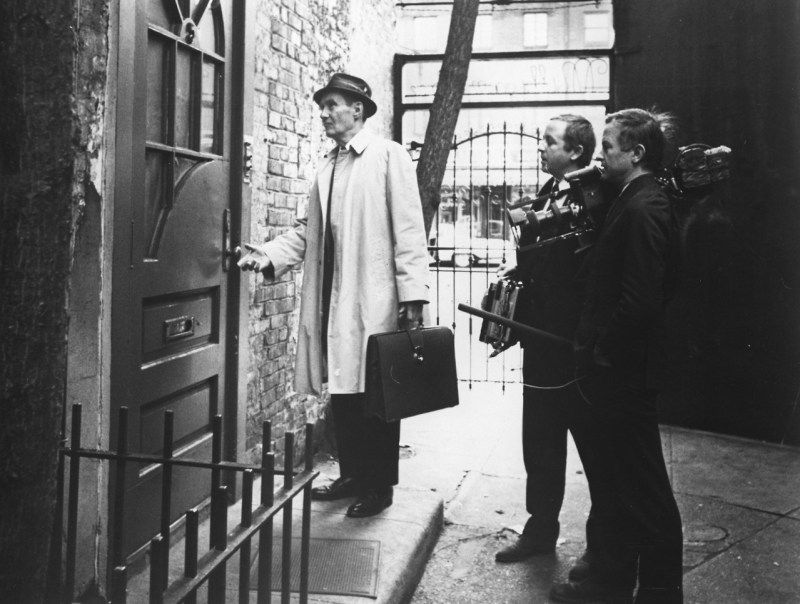
Kings of Nowhere is an excellent example of this current cinematic return. The reclaiming of the verité style results in simplicity, humor, beauty, sadness; an honoring of the range of experiences possible in humanity. It’s a range that seems to capture the sense of sublimity in the small lives of people living on in the flooded Mexican town.
Character development occurs through observation rather than explanation. Each character the viewer encounters is unnamed through the typical titling we see in the lower third of the frame; rather, the subjects tell their story without explanation. The realistic and peaceful soundscape serves as a score rather than soaring emotional music. We are dropped directly into the moment, where the din of insects and silence surrounds us as much as it does the characters in the film. Like the Maysles, Garcia and her cinematographer Diego Tenorio were very careful to allow the truth (verité) to happen before them and, standing in awe, they translate the story through slower pacing and editing.
We see a couple who cleans the local church and weeds the plaza in town, even though donkeys and dogs come and go as they please and the water overruns their work every rainy season. An albino woman whose husband seems to have dementia rocks on her porch while telling stories of the town before the flood. Animals have become stranded in different parts of the town because the water rose before they could be brought back from pasture, and a man brings dried tortillas for a marooned horse to chew on. And another small man in a Stetson style hat rides his horse through the village. His wife laughs through her broken front teeth about how he courted her, and they dance on the porch in a hot, dark night.
Dark clues of the surrounding Central American gangs and death squads run through the stories the townspeople of San Marcos tell. Unnamed “dangerous” people who shoot and attack them enter and exit conversation without explanation – and the viewer is left to form some idea of armed gangs of robbers and marauders. Even these stories are told with such Latin humor and fantasy; the Stetson sporting man chuckles while explaining how he narrowly escaped an ambush.
These Kings of Nowhere are all characters without names, but whose lives leap out from the screen through the verité camera. A whole picture is presented without comment, and the audience puts the pieces together. Nothing remarkable happens, yet everything happens. A camera in awe does less to guide us than it does to present us with truth. It’s utterly realistic and, in being so, is utterly fantastic.

